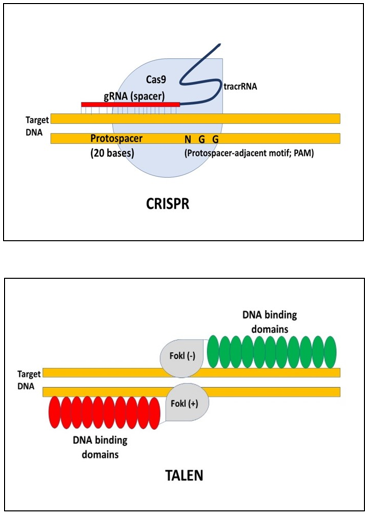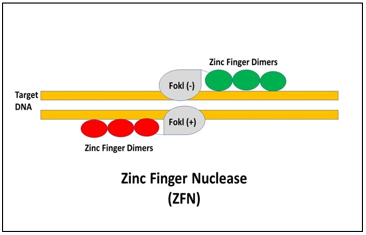Medical Research Case Study, MU, Malaysia A new genome-editing technology namely Clustered Regularly Interspaced Palindromic Repeats has been discovered
| University | Mahsa University (MU) |
| Subject | Medical Research |
A new genome-editing technology namely Clustered Regularly Interspaced Palindromic Repeats has been discovered in the late 1980s as part of the adaptive immune system in bacteria and archaea but yet, but many aspects of the biological tool were still unknown including its molecular structure, functions, and mechanism. This has caused underappreciation for decades.
In the 1990s, many CRISPR-associated types of research focused on microbial genetics including enterobacteria, M. tuberculosis, cyanobacteria, and S.pyogenes. Meanwhile, in the early 2000s, researchers began to explore in detail the structure and components, especially the Cas gene. By 2005, they started to understand the molecular structure of CRISPR and its mechanism of action which later drive the system to be applied in many branches of medicine including in oncology.
The Discovery of CRISPR/Cas9 technology has revolutionized the application of the gene-editing system in life sciences and medical research. Previously, researchers had employed a few other gene-editing technology systems such as zinc finger nuclease and transcription activator-like effector nuclease. In ZFN, it contains structurally zinc finger dimers that specifically recognize and bind to the target site.
At the same time, it also comprises the cleavage domain of FokI that is linked to an array of these three to six zinc fingers. This cleavage domain of FokI would cause double-strand DNA breaks that would be repaired by non-homologous end joining. Meanwhile, TALEN structurally consists of the DNA-binding domain and FokI catalytic domain.
In the binding process, one binding domain recognizes one nucleotide of a target DNA sequence in which two amino acid residues in the monomer are responsible for the binding. Recognition sites are located on the opposite DNA strands at a distance enough for the dimerization of the FokI catalytic domains.
These FokI catalytic domains cause a double-strand DNA break. This double-strand DNA break would lead to an NHEJ repair mechanism that will cause small insertion or deletion. The general structure of the gene-editing technologies is shown in Figure 1.


Figure 1: Basic structure of gene-editing tools. The CRISPR complex consists of gRNA, track RNA, and Cas protein. Meanwhile, TALEN comprises DNA-binding domains and FokI as the catalytic domain while Zinc Finger Nuclease is composed of zinc finger dimers and FokI as a catalytic domain.
Get Help By Expert
Looking for top-quality assignment help? Look no further than AssignmentHelper.My! Our team of experienced writers is dedicated to helping students like you succeed in their studies. Simply ask us "do my assignment for me" and we will start working on your assignment right away. We'll take care of every aspect of your assignment, from research and writing to formatting and editing, to ensure that it meets all the requirements and earns you the grade you want.
Recent Solved Questions
- LAW523: Finance Law Essay, CSU, Malaysia Lisbon was charged with murder under section 302 of the Penal Code for killing 16 years old student identified as Paris
- FIT2004: Algorithms and data structures Assignment, MUM, Malaysia You need to create a program the user can enter a word, reverse the word and check if the word is a palindrome word using a linked list
- CLO3 – Evaluate ethical leadership practices in the business environment: Leadership in Organisations Essay, UPTM, Malaysia
- BTX5220: International Issues in Employment Law Coursework, MUM, Malaysia If individuals were employed solely on their ability to do the job, there would be no need for any anti-discrimination statutes
- Nurse Education Research Paper, AU, Malaysia Nurse Education Today is the leading international journal providing a forum for the publication of high-quality original research
- Data Organization and Information Management in Daily Life, Individual Assignment, Malaysia
- FIT3155: Advanced Data Structures and Algorithms Assignment, MUM, Malaysia Develop a Java program using STACK CONCEPT that is able to do ALL of the following requirements as below
- Economics Assignment, UON, Malaysia ECONOMIC IMPACTS OF POVERTY Identify and describe comprehensively the impacts of poverty on the chosen country in Part I
- Managerial Economics Assignment, MUM, Malaysia Discuss the effects of each of the following on the value of the firm: A new advertising campaign increases
- Website Development Report, NEC, Malaysia The owners of the company are eager to have a high-quality website and have asked you to provide them with information



